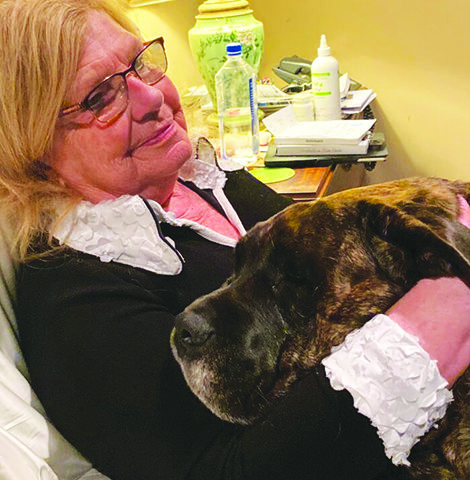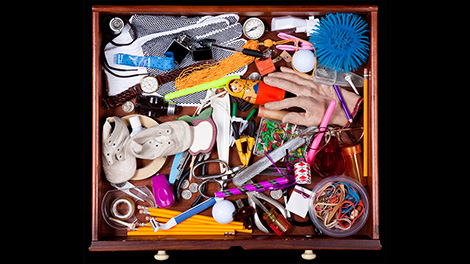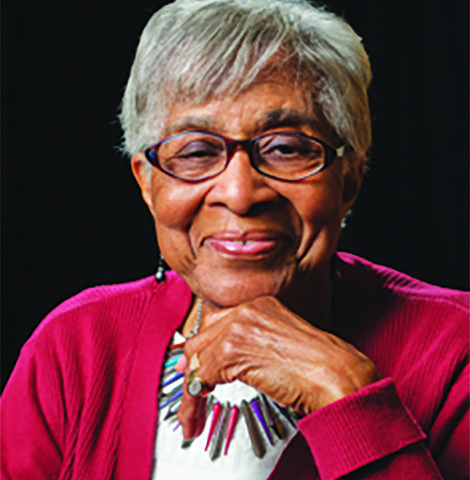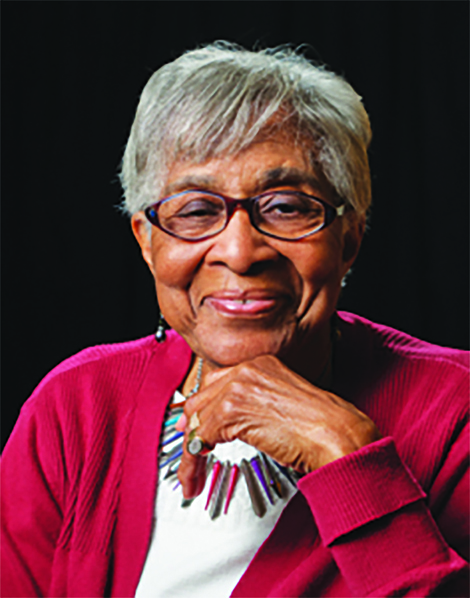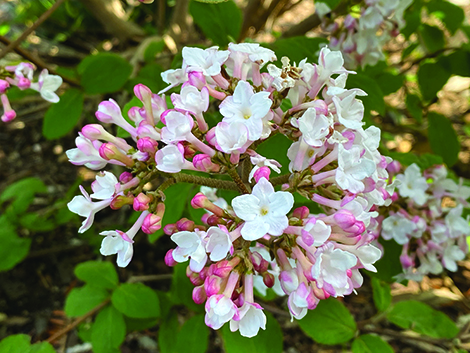‘Dogs need somebody to speak for them’
Bonnie Towne’s love of animals started when her dad brought home a stray springer spaniel when she was 7.
Many years later, Towne was asked by a friend if she would help Seattle Humane Society’s fund-raising for a new facility. From her first official tour of the old building, Towne felt an instant connection to the organization— as well as to a dog named Odin.
“I wanted that dog so bad,” she said. “I took my husband out to dinner and said, ‘Can I please take Odin home?’” Eventually, Odin became a permanent member of the Towne family.
The year she became involved with Seattle Humane, she helped with the capital campaign and also agreed to chair the organization’s annual Tuxes and Tails Gala. The latter raised $5.5 million in one night, the most ever raised at the event. She headed this year’s event, too. Held in May, it highlighted ”

the number of animals we have saved and how many more out there we can do the same thing for. I think it’s really important to get that message out,” she said.
When asked about what makes Seattle Humane (which this year is marking its 125th anniversary) a cause she feels so connected to, Towne noted “the number of years it has served the community and the number of animals we have saved and continue to save, I just think that’s incredibly important and special.”
Born and raised in Portland, Ore., Bonnie and her husband Jim have known each other since they were 15 and have been married 51 years. Throughout that time, they’ve had 29 dogs, including three Seattle Humane alums–Odin, Sinder, and her current 8-month-old puppy, Mandi.
Outside of her work with Seattle Humane, Towne was also the 5th Avenue Theater’s board chairwoman for three years, spanning the thick of the COVID-19 pandemic. And she’s a passionate supporter of the Seattle Police Department’s K9 Unit. “Those dogs are very special and deserve everything we can give them,” she said.
She feels the same way about Seattle Humane’s advocacy for pets.
“There’s so much more to animal welfare than just adoptions,” she said. “I would like to see more laws passed about the treatment of pets, so that all animals receive humane treatment. They can’t speak for themselves and they need somebody to speak for them. If we don’t do it, who will?”
Source: Seattle Humane Society
